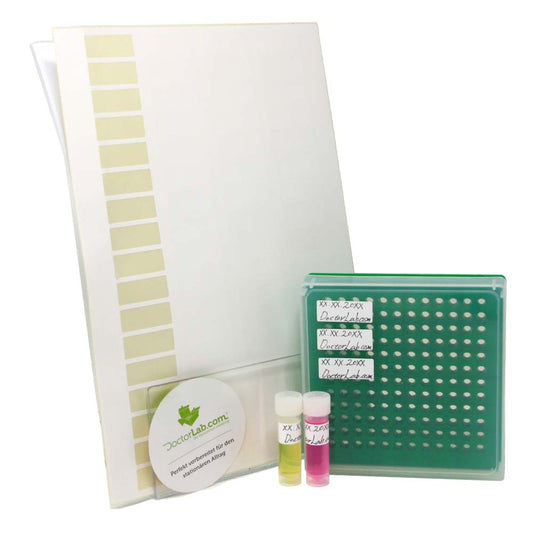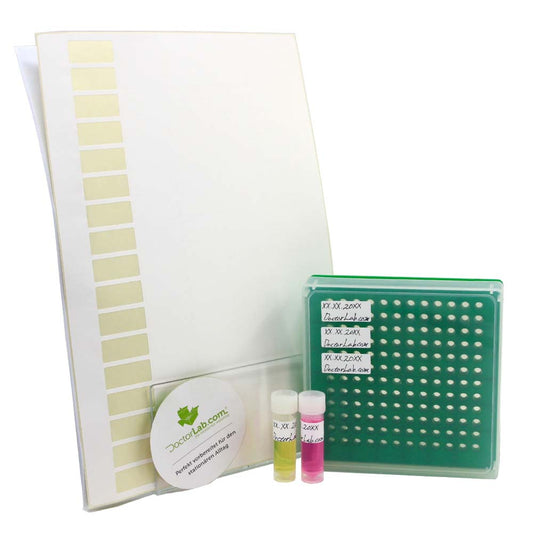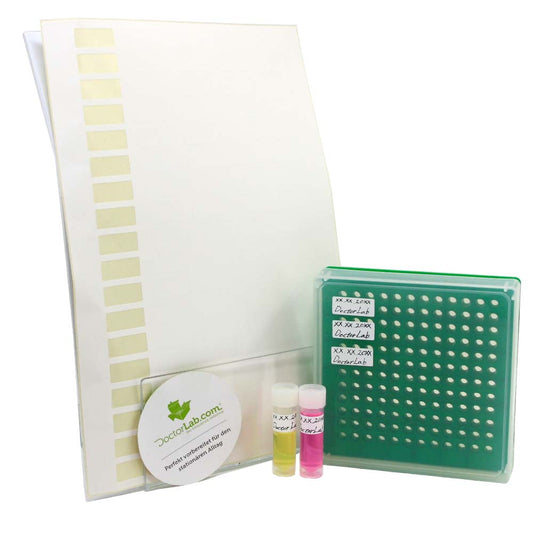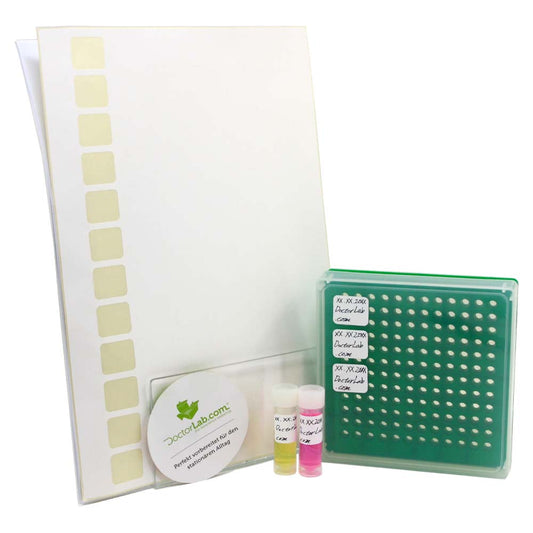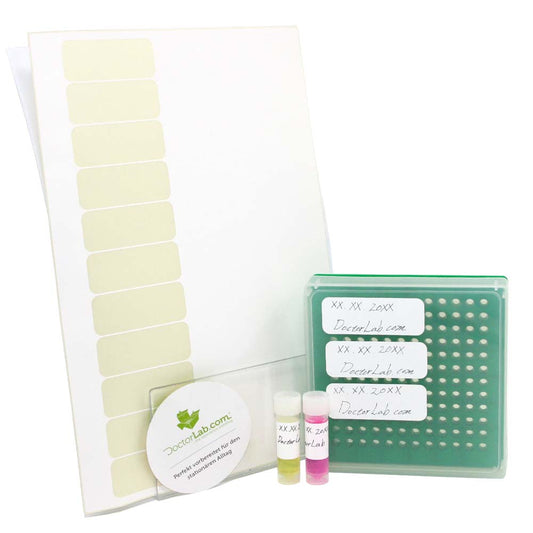
Cryo Labels in Cryopreservation: Best Practices
Split
Best practices for using cryo labels in cryopreservation
Cryopreservation is an important process that allows biological samples to be stored at extremely low temperatures to preserve their integrity and functionality. Cryo labels are essential to ensure that samples can be correctly identified and tracked. In this article, we will take a closer look at the best practices for using cryo labels in cryopreservation.
What are cryo labels?
Cryo labels are labels specifically designed for cryopreservation that are durable at extremely low temperatures down to -196°C. They are made from materials that will not break or crack even at extreme temperatures and provide reliable sample identification.
Why are cryo labels important in cryopreservation?
Proper identification and tracking of samples is critical for cryopreservation. If samples are not labeled correctly, they can be mixed up or lost, which can lead to misinterpretation of research results. Cryogenic labels are therefore essential to ensure that samples can be reliably identified and tracked.
Best practices for using cryo labels in cryopreservation
- Choose the right cryogenic labels
There are different types of cryo labels on the market, so it is important to choose the right labels for your needs. Be sure to select labels that are durable at the low temperatures at which your samples will be stored. Self-adhesive labels are best because they can be easily applied to sample containers.
- Make sure samples are dry
It is important that samples are completely dry before cryo labels are applied to them. Moisture can cause the labels to not adhere properly to the surface and may fall off over time.
- Place the labels in the correct place
Labels should be applied directly to the sample containers or to the samples themselves. Make sure labels are placed in a location that is easy to read and well lit. Avoid placing labels over the edges or curved surfaces of sample containers as this may result in loss of adhesion.
- Use clear and unambiguous labels
It is important that the labels are clearly and clearly labeled. Use unique identification numbers or codes to uniquely identify each sample. Avoid using abbreviations or unclear terms to avoid confusion. Use a legible font and size to ensure labels are easy to read.
- Use barcodes or QR codes
Barcodes or QR codes can be used to simplify sample tracking and reduce errors. Ensure that the barcodes or QR codes on the cryo labels are clearly legible and that the relevant information is stored in a database.
- Store the samples properly
Cryopreservation requires storing samples at extremely low temperatures. Ensure that sample containers are properly labeled and that they are stored in an appropriate cryogenic container. Be careful not to place the samples too close together to ensure they are cooled evenly.
- Document the samples correctly
It is important to document all relevant information about the samples, including the identification number or code, the date the sample was collected, the place of origin, and the type of sample. Also document all steps in the cryopreservation process, including the date and time of storage and collection of samples.
Conclusion
The use of cryo labels is an essential part of cryopreservation. They allow for reliable identification and tracking of samples to ensure they are stored safely and effectively at extremely low temperatures. By following best practices for the use of cryo labels, you can ensure that your samples are correctly labeled and documented to ensure the integrity and quality of your biological samples.

